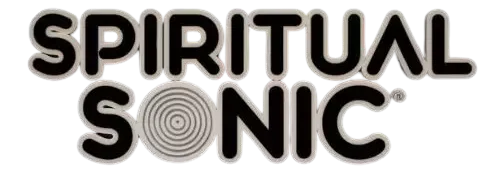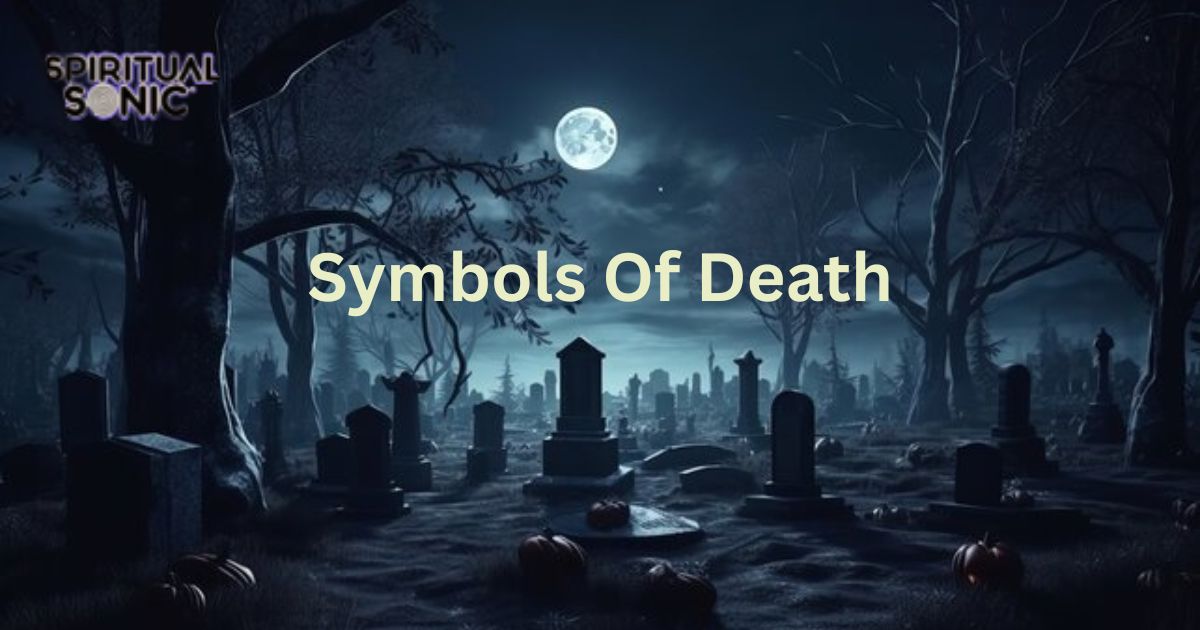The presence of symbols of death can be unsettling, yet they permeate cultures and histories across the globe. From the haunting image of a skull to the delicate petals of a wilted flower, these symbols evoke profound reflections on mortality and existence.
Understanding things that symbolize death not only enriches your appreciation of art and literature but also deepens your awareness of life itself. In this article, you will explore various symbols of death, their meanings, and the impact they have on our lives.
Read More: Blackbird Symbolism: Seeing a Black Bird Spiritual Meaning
1. The Grim Reaper
The Grim Reaper, often depicted as a skeletal figure cloaked in darkness, is one of the most recognizable symbols of death across cultures. This iconic representation serves not only as a reminder of mortality but also as a profound symbol reflecting our relationship with life and loss.
2. The Skull
The skull, often regarded as one of the most potent symbols of death, has captivated human imagination for centuries. As a representation of mortality, it transcends cultures and time, echoing our deepest fears and curiosities about life’s fragility.
3. The Hour Glass
The hourglass stands as a poignant symbol of mortality, a reminder that time is both fleeting and finite. Each grain of sand cascading down represents moments lost, opportunities slipped away, and the inevitability of life’s conclusion. In many cultures, the hourglass transcends its practical purpose, evolving into a profound metaphor for the cycle of existence.
4. The Coffin
The coffin stands as a poignant symbol of death, evoking a complex interplay of emotions and cultural meanings. In many societies, it serves not just as a vessel for the deceased but as a profound reminder of mortality. The design and material of a coffin can tell stories, ranging from ornate wooden creations that reflect a life well-lived to simple, minimalist boxes that emphasize the cycle of life.
5. The Tombstone
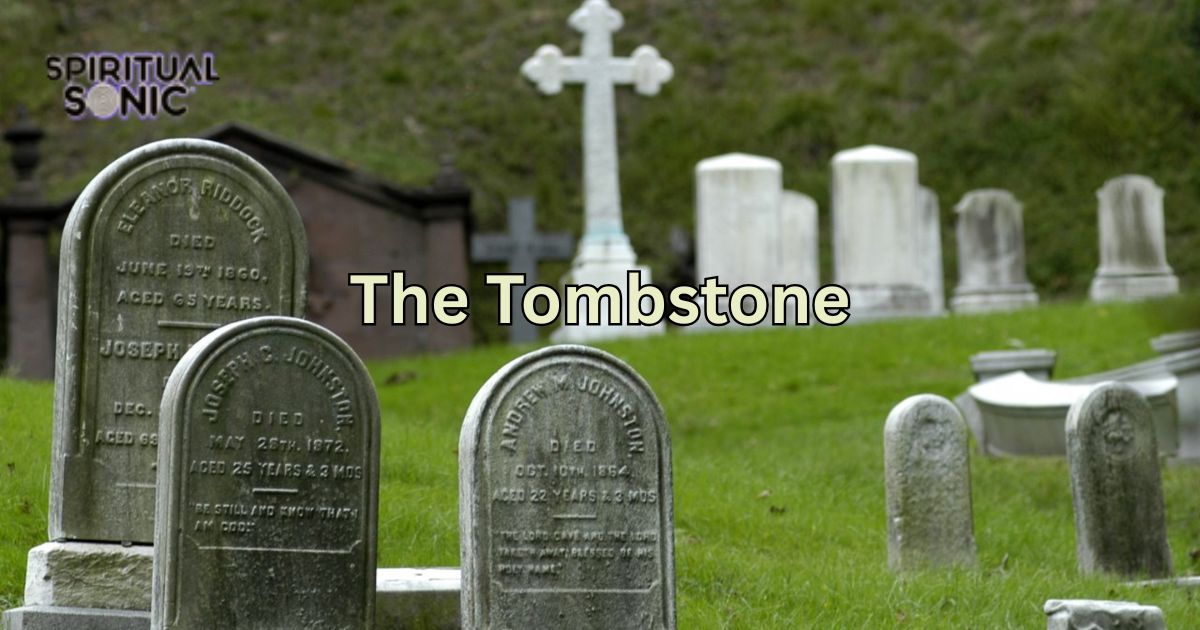
The tombstone stands as a powerful symbol of death, a poignant reminder of mortality that transcends time and culture. Each engraved name and date tells a story, encapsulating the essence of a life once lived. Beyond merely marking a grave, tombstones often reflect the beliefs and values of those who erected them, ranging from intricate carvings depicting angels and flowers to stark, minimalist designs that emphasize simplicity.
6. The Vulture
The vulture, often misunderstood and shunned, embodies a complex relationship with the concept of death. Unlike many creatures that shudder at the sight of decay, the vulture thrives in it, transforming symbols of death into a vital part of the ecosystem. This scavenger’s role is not merely one of consumption; it acts as nature’s cleanup crew, maintaining balance and preventing the spread of disease.
7. Skeleton
The skeleton, often regarded as one of the most potent symbols of death, transcends mere imagery to embody the fragility of life and the inevitability of mortality. It serves as a stark reminder that beneath the surface, we all share a common fate.
8. Dead Tree
The dead tree stands as a haunting emblem of life’s impermanence, a stark reminder that even the most vibrant existence must eventually yield to nature’s cycle. Its gnarled branches stretch skyward, resembling skeletal fingers grasping for a fleeting connection to the vitality they once possessed.
9. The Black Cat
The Black Cat emerges as a haunting symbol of death, weaving through folklore and superstition with an enigmatic presence. In many cultures, this sleek creature embodies the thin line between the living and the ethereal, often associated with witches and the supernatural.
10. The Mourning Dove
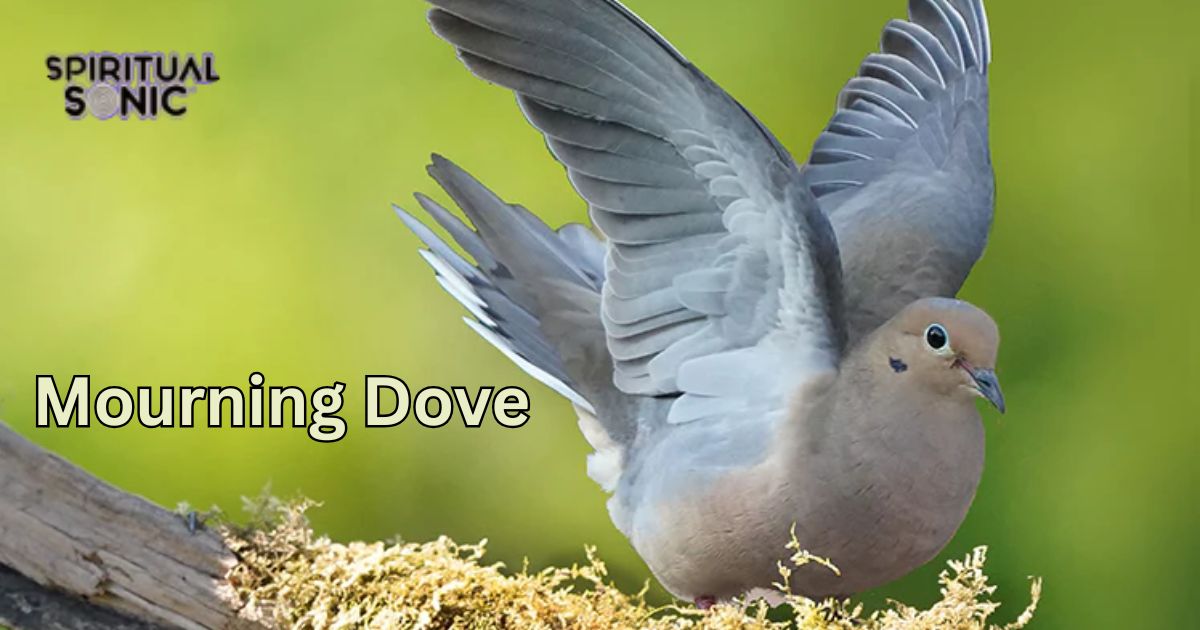
The Mourning Dove, with its soft, melancholic cooing, often evokes a deep sense of introspection and reflection. Its gentle presence serves as a poignant reminder of the cycle of life and the profound emotions tied to loss. In various cultures, these birds are recognized as symbols of death, embodying the sorrow that accompanies grief while also hinting at the beauty found in remembrance.
11. The Owl
The owl, often cloaked in an aura of mystery, serves as one of the most compelling symbols of death across various cultures. Its haunting call echoes through the night, instilling both fear and fascination. In folklore, the owl is seen as a messenger between the living and the spirit world, guiding souls on their final journey.
12. The Bat
The bat, often shrouded in mystery and folklore, emerges as a potent symbol of death across various cultures. With its nocturnal habits and association with the underworld, the bat evokes a sense of the unknown, embodying the transition between life and death.
13. Ouroboros
The Ouroboros, an ancient death symbol depicting a serpent or dragon eating its tail, embodies the cyclical nature of life, death, and rebirth. This powerful image transcends cultures, appearing in Egyptian, Greek, and alchemical traditions, reminding you that death is not merely an end but part of a continuous cycle.
14. The Noose
The noose, a potent symbol of death, evokes a visceral response that transcends cultures and epochs. It embodies the finality of life, intertwining despair with an unsettling beauty. In literature and art, the noose often serves as a harbinger of fate, a reminder that existence can teeter on the brink of darkness.
15. The Cross
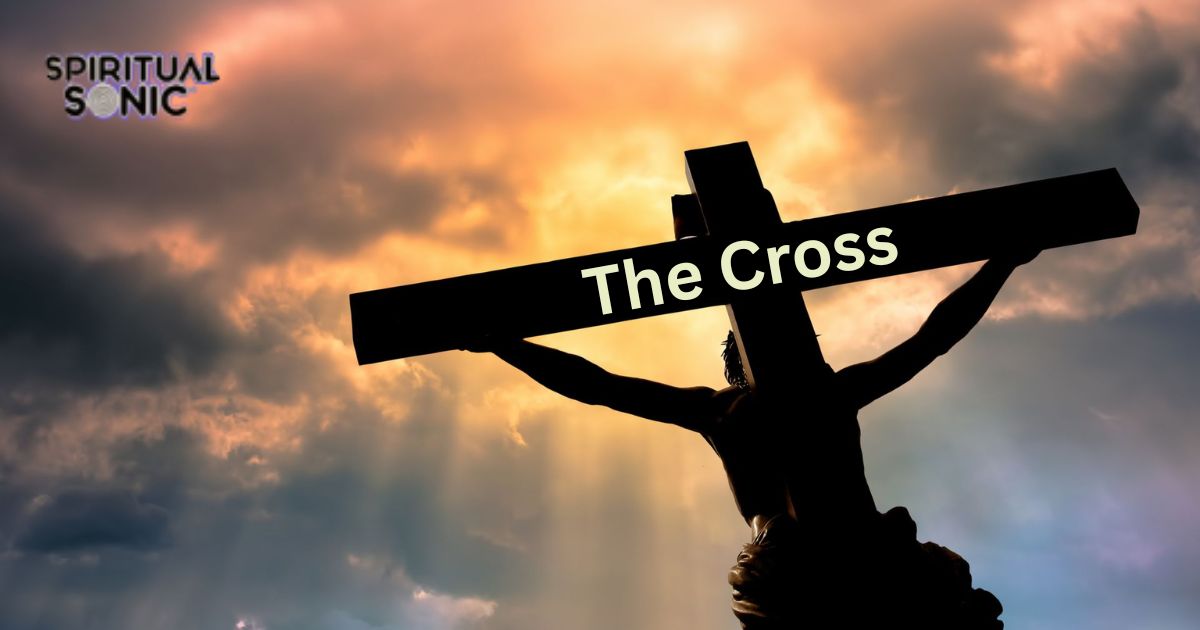
The cross, often seen as a symbol of faith and resurrection, carries a deeper, more complex significance that intertwines with the theme of mortality. It stands as a poignant reminder of sacrifice, reflecting the duality of life and death. In many cultures, the cross transcends its Christian roots, becoming a universal emblem of both hope and loss.
16. Extinguished Candle
The extinguished candle stands as a poignant symbol of death, encapsulating the fragility of life in its flickering flame. When the wick finally gives in, it mirrors the inevitable conclusion of existence, reminding you that every moment is precious.
17. The Mirror
The mirror, often seen as a mere reflective surface, carries profound symbolism in the realm of death. It serves as a portal between the physical world and the afterlife, inviting contemplation on mortality and the transient nature of existence.
18. The Snake
The snake slithers through the shadows of cultural symbolism, often embodying the duality of life and death. In many traditions, this creature represents transformation, shedding its skin as a powerful metaphor for rebirth.
19. Rotting Flesh
The scent of rotting flesh transcends mere decay; it embodies the very essence of mortality, acting as a visceral reminder of life’s fragility. In many cultures, this pungent aroma serves as one of the most profound symbols of death, stirring deep-seated fears and contemplations about existence.
20. Blood
Blood, often seen as a universal symbol of life, paradoxically intertwines with the concept of death symbols in profound ways. Its deep crimson hue evokes visceral reactions, acting as a potent reminder of mortality and the fragility of existence.
21. The Black Butterfly
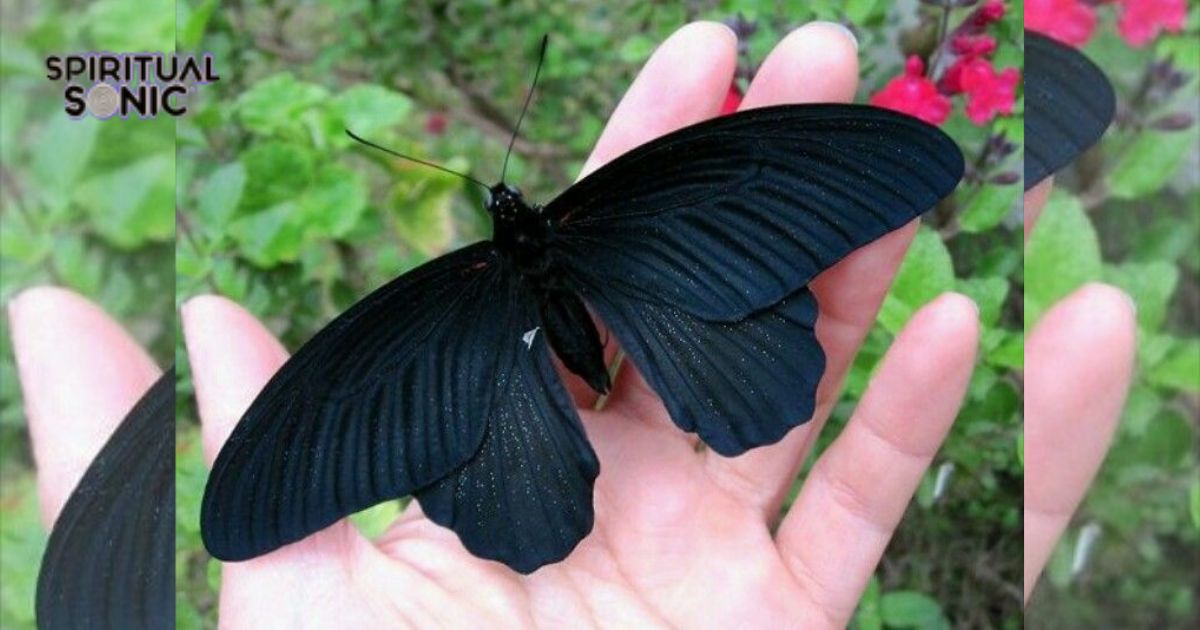
It serves as a reminder that death is not merely an end but also a profound metamorphosis, echoing the ancient belief that every ending paves the way for new beginnings.
22. The Waning Moon
The Waning Moon, often regarded as a time of introspection and release, carries deep symbolic weight in various cultures. As the moon diminishes in light, it mirrors the cycle of life and death, urging you to let go of what no longer serves you.
23. The Funeral
The funeral unfolds like a somber tapestry, woven with symbols of death that narrate stories of loss, love, and remembrance. Each element present serves as a poignant reminder of the fragility of life.
24. The Plague Doctor
The Plague Doctor emerges from the shadows of history, a haunting figure wrapped in mystery and dread. Adorned with a beaked mask, this symbol of death reflects society’s struggle to comprehend and combat the unknown during the ravages of disease.
25. Phoenix
In the tapestry of mythology, the Phoenix stands out as a vibrant symbol of renewal and rebirth, often overshadowing its connections to death. While many view the fiery bird as an emblem of immortality, it also embodies the cyclical nature of life and the inevitability of demise.
26. Crows & Ravens
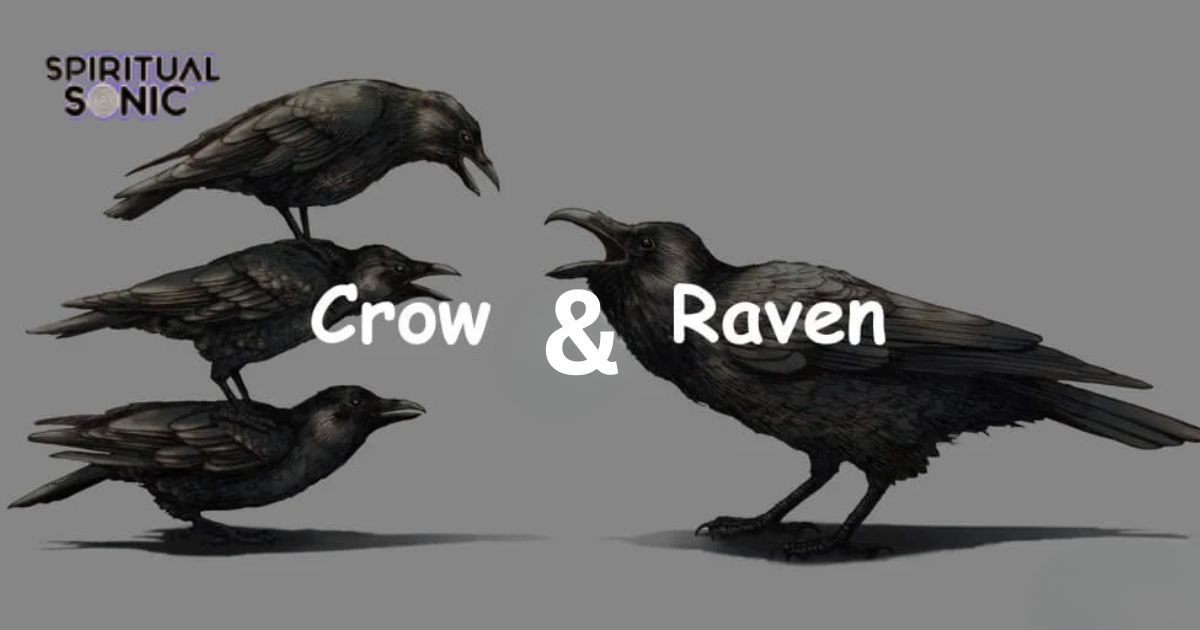
Crows and ravens have long captivated human imagination, often regarded as symbols of death and harbingers of the unknown. While these intelligent birds are commonly associated with dark omens, their presence also signals transformation and change.
27. Scythe
The scythe, often depicted as a simple farming tool with a long handle and curved blade, transcends its agricultural origins to become one of the most potent symbols of death. Its association with the Grim Reaper in popular culture reinforces the idea of harvesting souls, much like one would harvest crops.
28. The Color Black
The color black often evokes a range of emotions and associations, particularly in the context of symbols of death. It cloaks the somberness of mourning rituals and funeral attire, creating an atmosphere that commands respect and contemplation.
29. Poppy
Poppies, with their vibrant hues and delicate petals, are often seen dancing in the breeze, but beneath their beauty lies a profound connection to mortality. As symbols of death, poppies serve as poignant reminders of the transient nature of life.
30. Stairway to Heaven
The Stairway to Heaven beckons with its intricate tapestry of symbols of death, weaving a narrative that transcends mere mortality. Each step represents a passage, not just upward but into the unknown, inviting contemplation on what lies beyond.
31. Anubis
Anubis, the ancient Egyptian god of mummification and the afterlife stands as a profound symbol of death and the transition to the next world. With his striking jackal head, Anubis embodies the mystery and reverence surrounding mortality.
32. Cerberus
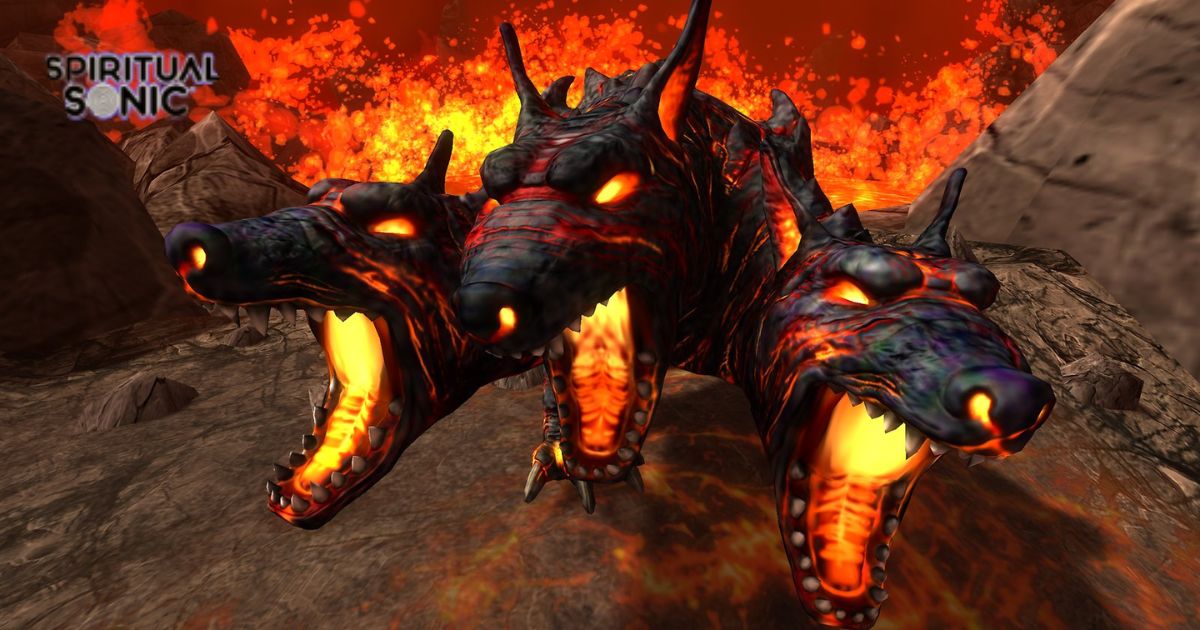
Cerberus, the fearsome three-headed dog of Greek mythology, stands as one of the powerful death symbols and the afterlife. This guardian of the Underworld does not merely serve as a gatekeeper; he embodies the complex relationship humanity has with mortality.
33. Death’s Head Moth
The Death’s Head Moth, with its striking skull-like pattern on its thorax, stands as a potent symbol of death and the macabre in various cultures. Its allure transcends mere appearance; this moth embodies the mysterious intersection of life and death, serving as a reminder of nature’s cycles.
Conclusion
The journey through the symbols of death reveals a complex interplay between fear, reverence, and acceptance of mortality. Each emblem, whether it be the eternal flame or the fragile flower, encapsulates profound truths about the human experience. By acknowledging these symbols, you not only connect with historical and cultural narratives but also confront your feelings about life and loss.
This exploration encourages a more thoughtful approach to how you view death symbolism in your own life. Take this opportunity to reflect on these symbols and engage in conversations that promote understanding and compassion in the face of life’s inevitable conclusion.
